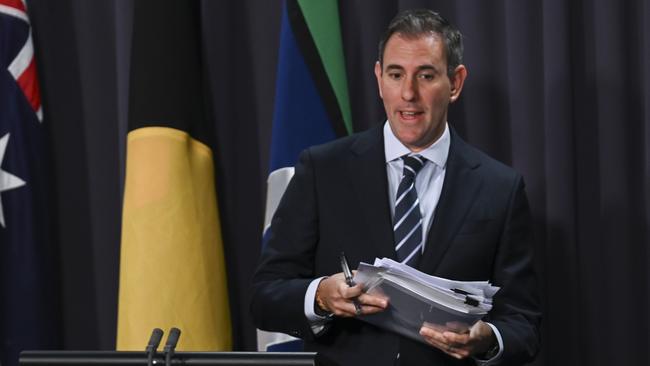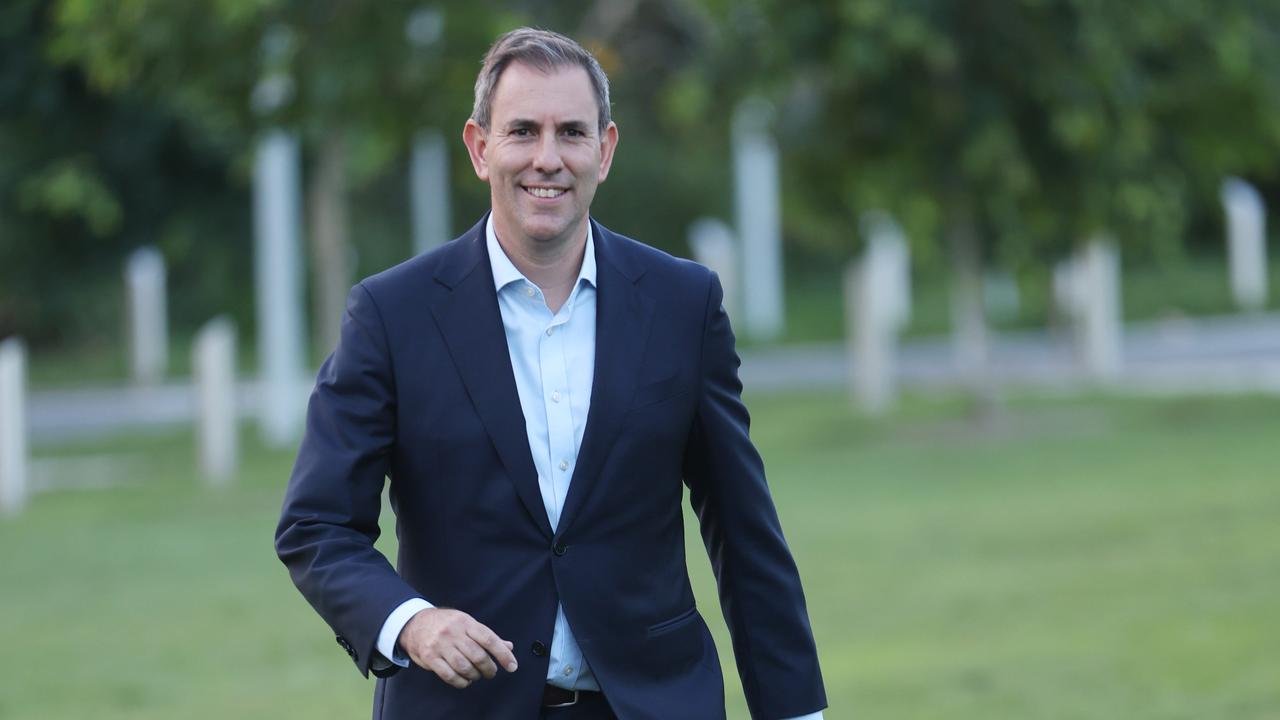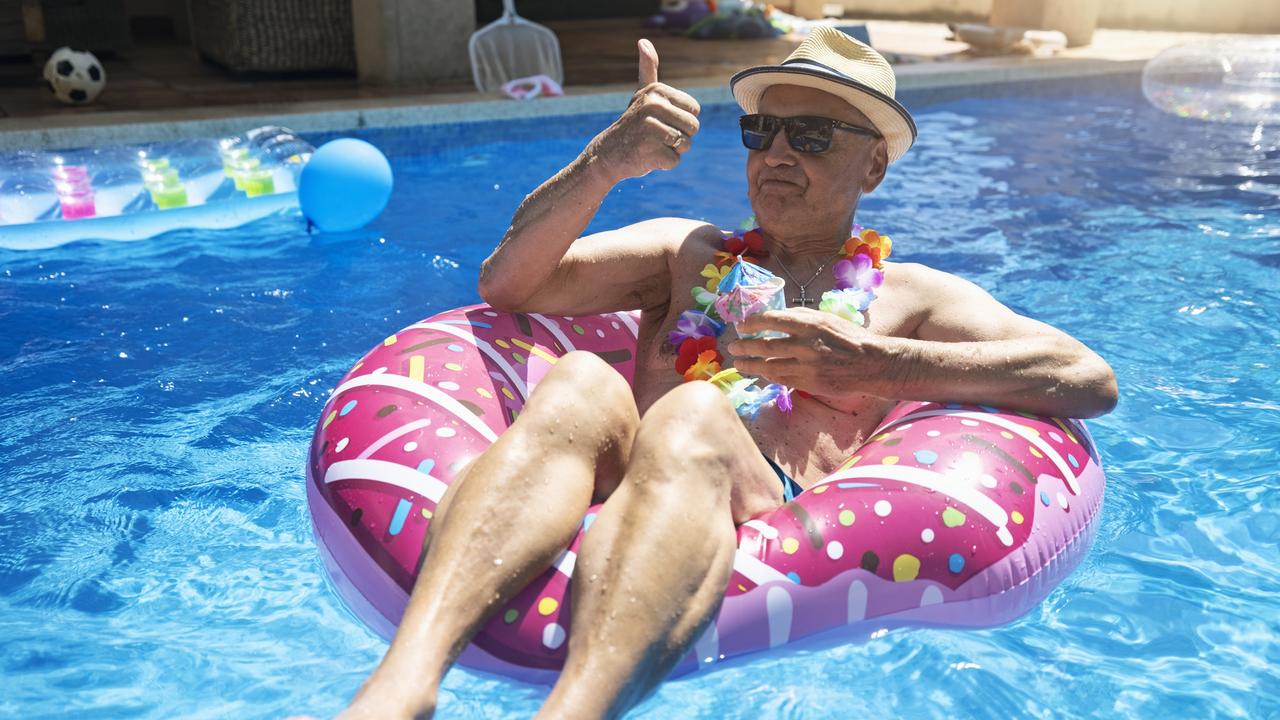New data reveals how much the new super tax will cost investors – here’s what to do
The controversial new super tax has passed the lower house of parliament without any amendments and so investors need to be prepared.

Wealthy Australian super fund investors with balances of more $3m will be facing an average of $50,000 in extra tax liabilities if the new super tax goes through both houses of parliament unchanged and becomes law.
SMSF accounting and administration software provider Class has run the numbers and estimates that more than 16,000 of its self-managed super fund clients would be affected by the so-called Division 296 tax – that 5 per cent of those would not have sufficient liquid cash to pay the tax and that 36 per cent have lumpy property assets.
If passed, this new tax is likely to cause significant issues for thousands of SMSF trustees who will start to receive hefty tax bills from the Australian Taxation Office on earnings, and both realised and unrealised gains starting from the 2025/2026 financial year.
The Treasury Laws Amendment (Better Targeted Superannuation Concessions and Other Measures) Bill 2023 has just passed the House of Representatives without amendment and will now be debated in the Senate, where the government will need the support of crossbenchers for it to be passed into law.
There has been strong opposition and lobbying from superannuation industry groups on multiple aspects of this new tax. The biggest gripe is that the tax will not only apply to investment earnings, but also to both realised and unrealised gains above $3m.
In other words, if a super fund holds a commercial property asset which increases in value on paper from $3m to $3.5m during the financial year, the trustee of the super fund will need to pay an extra $150,000 in Div 296 tax even though the property was not sold.
The other major concern is the $3m threshold will not be indexed which means that over time, more and more people will be sucked into the claws of the 30 per cent Div 296 tax arrangements.
“Many small business owners and farmers could lose the incentive to transfer real business properties into SMSFs, making such strategies financially unviable,” Class chief executive Tim Steele says.
“They may also find themselves with an even bigger tax bill with insufficient cash reserves to pay it.
“Furthermore, there are likely unintended consequences for younger generations if the $3m super cap is not indexed and their super balances continue to grow, meaning there will be a lot more members impacted by the proposed tax in the future.”
But for many, the biggest issue is that this is yet another tax that will be applied retrospectively and reduces the future benefits for those striving to become self funded in retirement. First it was the $1.6m (now indexed to $1.9m) cap on tax free super and now we have a second tier at $3m.

If you are likely to be affected by the looming $3m Div 296, there are a couple of paths you can start to explore. A popular strategy from SMSF advisers and accountants has been to compare the cost versus benefit of selling or transferring super fund assets to an alternative structure such as a family trust.
A family trust can have multiple beneficiaries and this flexible structure can stream income and gains to many beneficiaries with the goal to spread out the tax payable. Another advantage of a family trust is that it does not have to pay tax at 30 per cent on unrealised gains as is the case with Div 296 tax.
If all beneficiaries of the family trust are on higher personal tax rates, a corporate beneficiary can be set up in the family trust and used to receive distributions. Commonly known as a bucket company, tax can then be limited to between 25 to 30 per cent depending on the type of company used.
The disadvantage of moving assets out superannuation into a family trust is the transaction costs incurred. For those not in retirement, capital gains tax will be payable, and potentially stamp duty and legal costs as well depending on the assets being moved.
Noting the maximum number of SMSF members permitted increased from 4 to 6 in recent years, another strategy is to add more members to the SMSF as the $3m Div 296 tax applies per person, not per fund.
An obvious choice would be for parents to add their children; however if the children are not near or over the age of 60 then the funds moved to the children’s SMSF account is locked up under normal preservation rules.
The parents also lose legal control of the money when transferred to the children. Even though the money could remain in the same SMSF, the children can at any stage decide to roll the money out to a different super fund. As all SMSF members must be trustees, adding children to the SMSF creates more administrative issues when it comes to signing documents and making payments.
A final option is to restructure the super fund and, where there are illiquid investments, convert a portion of these assets to more liquid investments – and manage the $3m cap by withdrawing lump-sum amounts each year that the fund balance goes above $3m per member. For pre-retirees who have not met a condition of release, they must wait until age 60 before they can start a transition to retirement pension and withdraw up to 10 per cent of their super balance each year.
With the average SMSF having two members, if passed into law the new $3m Division 296 tax is likely to cost the average SMSF almost $100,000 per year in new taxes.
It will be interesting to see whether the bill is debated and amended in the Senate or whether it passes unopposed as it did in the lower house.
James Gerrard is principal and director of Sydney planning firm www.financialadvisor.com.au





To join the conversation, please log in. Don't have an account? Register
Join the conversation, you are commenting as Logout